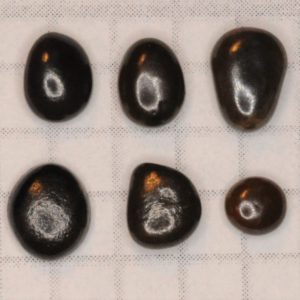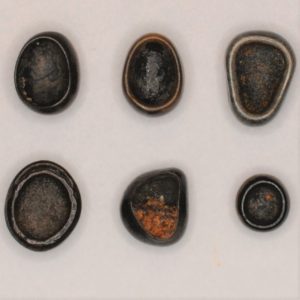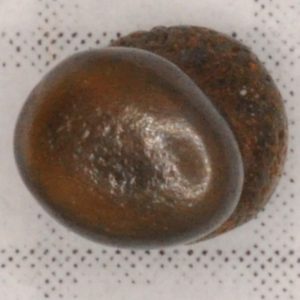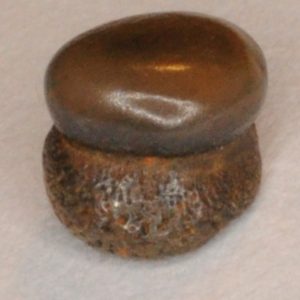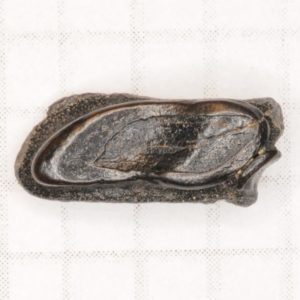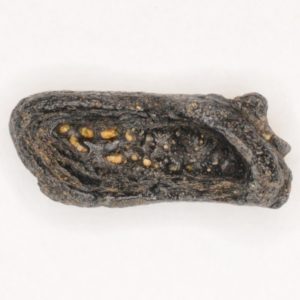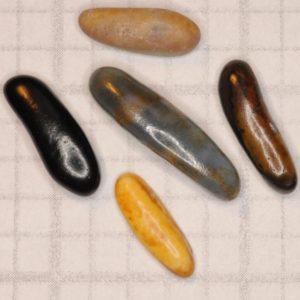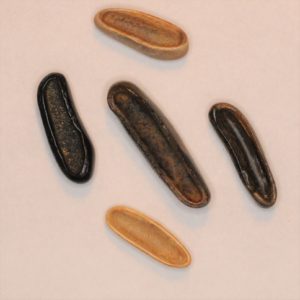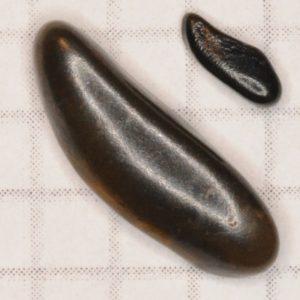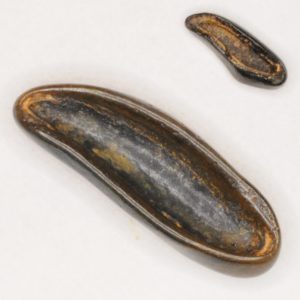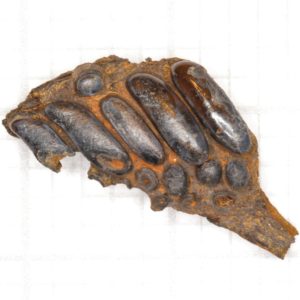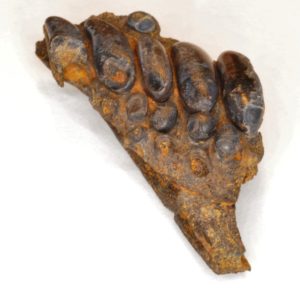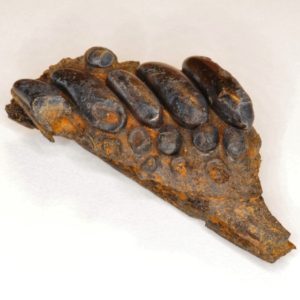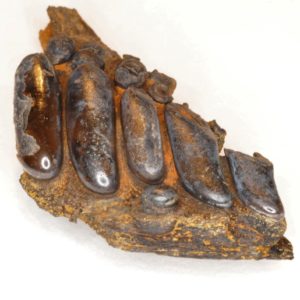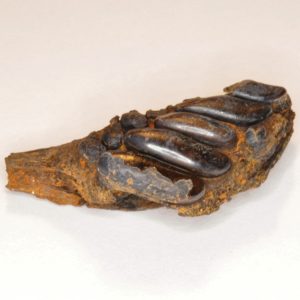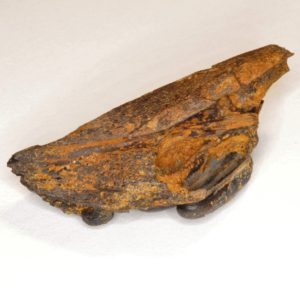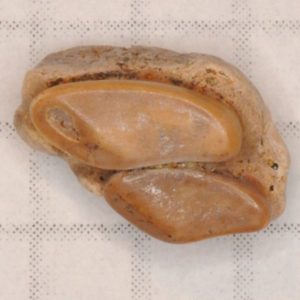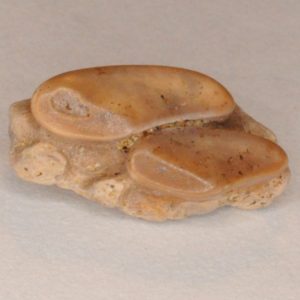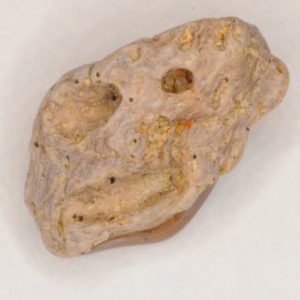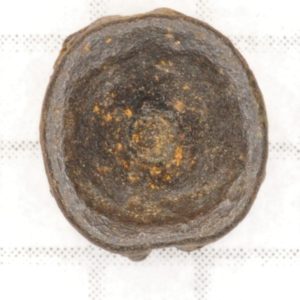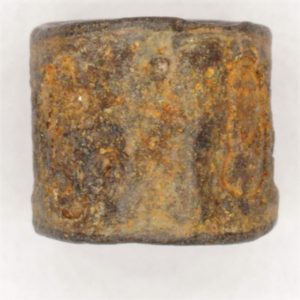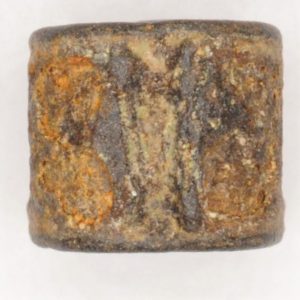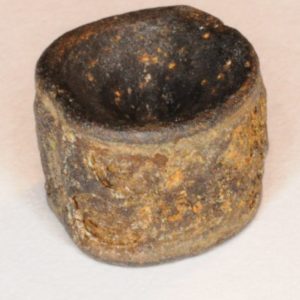NJfossils.com
"Fossils aren't a hobby, they're a lifestyle."Pycnodont (Anomoeodus phaseolus)
Age – Late Cretaceous; Commonality – common; Size – teeth: 1/8 – 5/4 inches, mouth plates: ~ ¾ – 3 inches (vary based on completeness/age of animal), possible vertebrae: ¼ – ½ inch, scales: ~ 1 inch (when complete)
Anomoeodus belongs to a group of fishes known as the pycnodonts. These fishes had crushing teeth (which were shed and replaced) which they used to eat invertebrate prey such as lobsters, ghost shrimp, and gastropods and bivalves. They are commonly and erroneously called drum fish, but this is not an appropriate name (the drum fish came later during the Paleocene, and are not related to the pycnodonts). Their teeth look like hollowed out beans and can easily be mistaken for rocks. Sometimes jaw sections can be found, but these are rare. Pycnodont/Hadrodont (most are likely pycnodont) vertebrae are slightly concave and have their neural processes fused to the centrum. The scales of the pycnodonts are thin and have a pattern on them. These will be discussed below. These scales are sometimes incorrectly referred to as gar scales (which can also be found here).
Lateral/Vomerine Teeth
Medial Teeth
Mouth Plates
This is a nearly complete left prearticular mouth plate. It is super rare to find them in such nice condition. Most of the really good ones that are found have many nice teeth on a thin piece of bone. The special part about this one is that it has a pretty much totally complete jaw bone.

